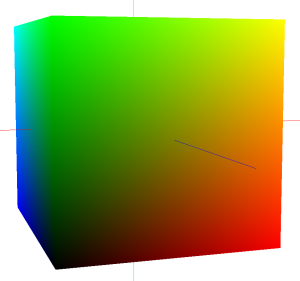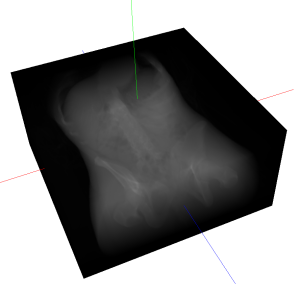2D / 3D Registration of X-Ray and CT Data Using Accelerated Volume Rendering and Gradient Calculation
Tobias Gross
Institute for Computer Graphics and Vision
University of Technology
Graz / Austria
Abstract
As the role of computer-aided biopsy and surgery becomes more and more important in medical treatment, the need for a common frame of reference for all devices that participate in the operation is ever increasing. One indispensable task in that context is the determination of the patient's position and orientation in a pre-defined world coordinate system to locate and position medical instruments. In order to find the correct alignment, a 2D/3D registration of a pre-operative CT volume dataset and inter-operative X-Ray images is carried out. This is done by generating Digitally Reconstructed Radiographs (DRRs) from the volume and aligning it with the portal images. We propose an intensity-based registration approach exploiting the capabilities of consumer-level graphics hardware. Using GPU fragment shader programs to calculate the DRRs and to determine the derivative of the objective function we achieve a considerable speed-up compared to CPU-based approaches. The application of Algorithmic Differentiation allows for a computation of the exact gradient vector used for our gradient descent based optimization procedure in the course of one DRR computation and similarity measuring sweep.
Keywords
2D/3D Registration, Algorithmic Differentiation, DRR Generation, GPU Raycasting
Download the paper in PDF format

Images
 |
 |
| Figure 1: The color encoded coordinates of the ray intersections computed using the interpolation capabilities of the GPU | Figure 2: A sample Digitally Reconstructed Radiograph generated from a CT volume using a GPU-based raycaster |
About the author
Tobias Gross is studying Software Development and Economy at
Graz University of Technology since 2003. In the course
of his master's project he was a core developper of the
iMEDgine medical
image visualization and manipulation project.
He is currently attending the master's programme and preparing his diploma thesis in the field of accelerated
2D/3D registration under the supervision
of Dr. Markus Grabner at the Instiute for Computer Graphics and Vision (ICG).